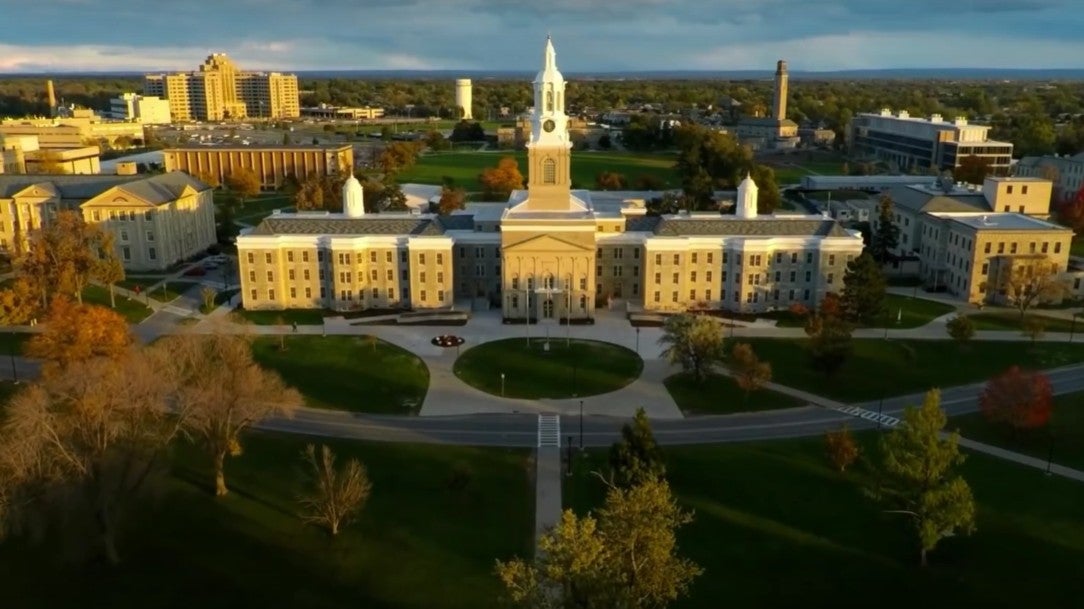Your support helps us to tell the story
From reproductive rights to climate change to Big Tech, The Independent is on the ground when the story is developing. Whether it's investigating the financials of Elon Musk's pro-Trump PAC or producing our latest documentary, 'The A Word', which shines a light on the American women fighting for reproductive rights, we know how important it is to parse out the facts from the messaging.
At such a critical moment in US history, we need reporters on the ground. Your donation allows us to keep sending journalists to speak to both sides of the story.
The Independent is trusted by Americans across the entire political spectrum. And unlike many other quality news outlets, we choose not to lock Americans out of our reporting and analysis with paywalls. We believe quality journalism should be available to everyone, paid for by those who can afford it.
Your support makes all the difference.A university in New York has made a public apology after accidentally sending more than 5,000 prospective students letters of acceptance.
In a statement on its website, the University at Buffalo (UB) said it “sincerely regrets” the error as well as “any stress” it may have caused students and families who received the letters.
According to local news site The Buffalo News, the blunder may be the “biggest ever” to have affected a higher education institution with the accidental email landing in 5,109 inboxes - or around a fifth of all UB applicants.
Highlighting how the error occurred, the university said an incorrect email list was generated from an applicant database, adding: “Within three to four hours following the discovery of this error, the university emailed a letter of explanation to the recipients, offering its sincerest apologies to those who were affected.”
The university’s enrolment management department is said to have taken “immediate steps” to ensure that errors of this kind will not occur in the future, said the statement.
UB added: “We know that this can be a stressful time for prospective students and their families. The University at Buffalo deeply regrets this unfortunate error in communication.”
One of the affected students told The Buffalo News she was “ecstatic” to have received an offer and preceded to tell family and friends - only for the offer to then be revoked after which she felt “embarrassed” at having to backtrack on her good news.
The student’s mother described it as “winning the lottery, then getting a letter saying, ‘Wrong ticket’.”
However, there may be a light at the end of the tunnel for some of the letter’s recipients. The university concluded in its statement: “It is important to note that the admissions applications of this group of students are still under review and the students are still being considered for acceptance by the university.”
UB says it is a research-intensive public university dedicated to academic excellence, adding: “Our thinking, research, creative activity, and people positively impact the world.” For the 2014/15 academic year, it took on almost 30,000 students.
The technical error isn’t the first to affect a major university in the US. The Buffalo News reports that, in 2014, Johns Hopkins University in Maryland sent 300 offers to students it had earlier told they would not get in.
In 2015, Carnegie Mellon University in Pennsylvania sent around 800 offers of acceptance onto its master’s computer science course which were later revoked, according to the Pittsburgh Post-Gazette.

Join our commenting forum
Join thought-provoking conversations, follow other Independent readers and see their replies
Comments